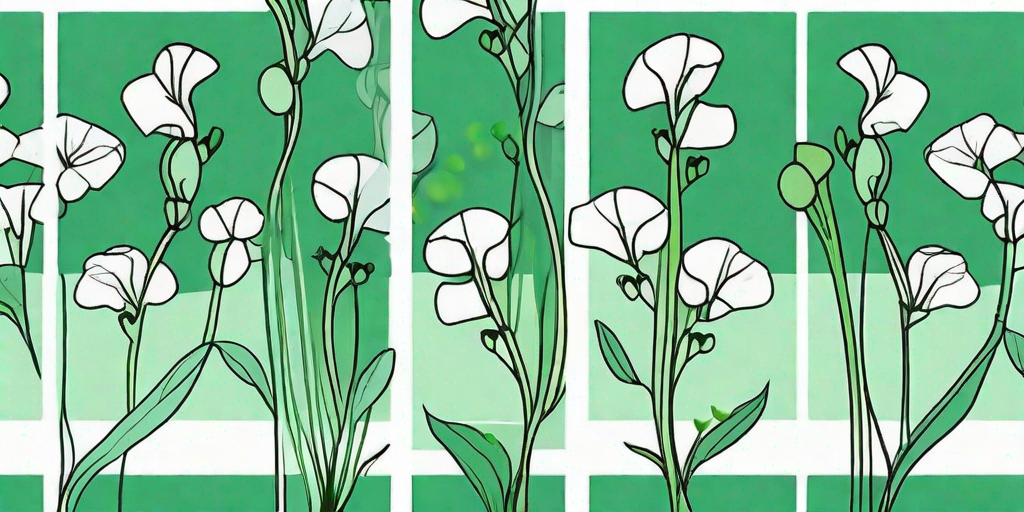
Ah, sweet peas, those delightful little blooms that grace many a garden with their vibrant colors and intoxicating scent. But have you ever wondered if there's more to these floral beauties than meets the eye? Could it be that they're not just a feast for the senses, but also for the palate? Let's dive into the world of sweet peas and uncover the truth about their edibility.
What are Sweet Peas?
Before we delve into the culinary potential of sweet peas, let's first get to know them a bit better. Sweet peas, scientifically known as Lathyrus odoratus, are flowering plants native to the Mediterranean region. They are annual climbers that can reach up to 2 meters in height, and they produce clusters of beautifully fragrant flowers in a variety of colors.
Despite their name, sweet peas are not related to the edible green peas that we commonly find in our meals. They belong to the same family, Leguminosae, but are of a different genus. So, if you were hoping to pop a few sweet pea flowers into your mouth and taste the familiar sweetness of green peas, you might be in for a surprise.
Are Sweet Peas Edible?
Now, onto the million-dollar question: are sweet peas edible? The short answer is no, they are not. While their vibrant colors and sweet scent might make them seem like a tempting treat, sweet peas are not safe for human consumption. They contain a neurotoxin called beta-aminopropionitrile (BAPN), which can cause a condition known as lathyrism if ingested in large quantities.
Lathyrism is a neurological disorder that can cause paralysis and other serious health problems. So, while a single bite of a sweet pea flower might not land you in the hospital, it's best to err on the side of caution and keep these blooms out of your mouth.
But Wait, There's More!
Before you start pulling out all the sweet peas from your garden, let's clarify something. While the flowers and seeds of sweet peas are not edible, the young shoots and tendrils can be eaten. They are often used in salads and stir-fries, and they have a delicate, pea-like flavor.
However, it's important to harvest these shoots and tendrils while they're still young, as they can become tough and fibrous as they mature. And remember, always wash them thoroughly before eating to remove any potential traces of BAPN.
How to Grow Sweet Peas
Now that we've cleared up the confusion about the edibility of sweet peas, you might be wondering how to grow these lovely flowers in your own garden. After all, even if you can't eat them, they're still a joy to behold and can add a touch of elegance to any garden.
Growing sweet peas is relatively easy. They prefer full sun but can tolerate partial shade, and they need well-drained soil enriched with organic matter. They also need a support structure to climb on, such as a trellis or fence.
To plant sweet peas, sow the seeds directly into the ground in early spring, as soon as the soil can be worked. Cover the seeds with about 1 inch of soil and water them thoroughly. They should germinate in about 10 to 14 days.
FAQs
Can I eat sweet pea flowers?
No, sweet pea flowers are not edible. They contain a neurotoxin that can cause serious health problems if ingested.
What part of the sweet pea plant is edible?
The young shoots and tendrils of the sweet pea plant can be eaten. They have a delicate, pea-like flavor and can be used in salads and stir-fries.
How do I grow sweet peas?
Sweet peas can be grown from seeds sown directly into the ground in early spring. They need full sun or partial shade, well-drained soil, and a support structure to climb on.
Conclusion
So there you have it, folks. Sweet peas: more than just a pretty flower, but not quite the culinary delight you might have hoped for. But don't let that stop you from growing these beautiful blooms in your garden. After all, they're still a feast for the eyes and the nose, even if they can't satisfy your taste buds.















